| Structure | Name/CAS No. | Articles |
|---|---|---|
 |
bisphenol A
CAS:80-05-7 |
|
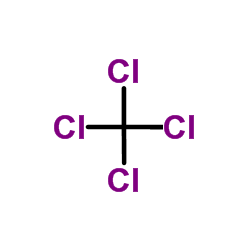 |
Carbon tetrachloride
CAS:56-23-5 |
|
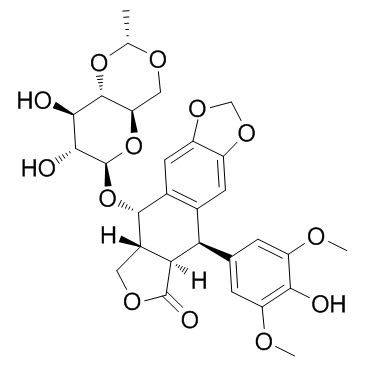 |
Etoposide
CAS:33419-42-0 |
|
![Heptachlor epoxide [Isomer B] Structure](https://image.chemsrc.com/caspic/004/1024-57-3.png) |
Heptachlor epoxide [Isomer B]
CAS:1024-57-3 |
|
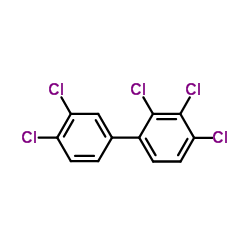 |
PCB No 157(Aroclor 1254) solution
CAS:11097-69-1 |
|
 |
N-Nitroso-N-methylurea
CAS:684-93-5 |
|
 |
Dimethyl sulfoxide
CAS:67-68-5 |
|
 |
1,1,1-Trichloroethane
CAS:71-55-6 |
|
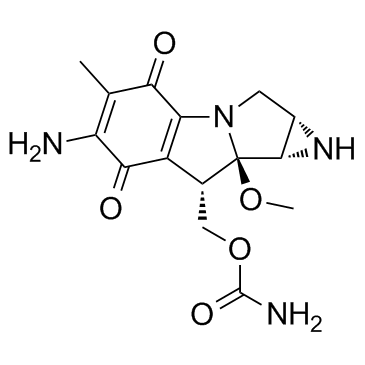 |
Mitomycin C
CAS:50-07-7 |
|
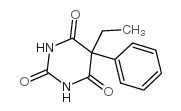 |
phenobarbital
CAS:50-06-6 |